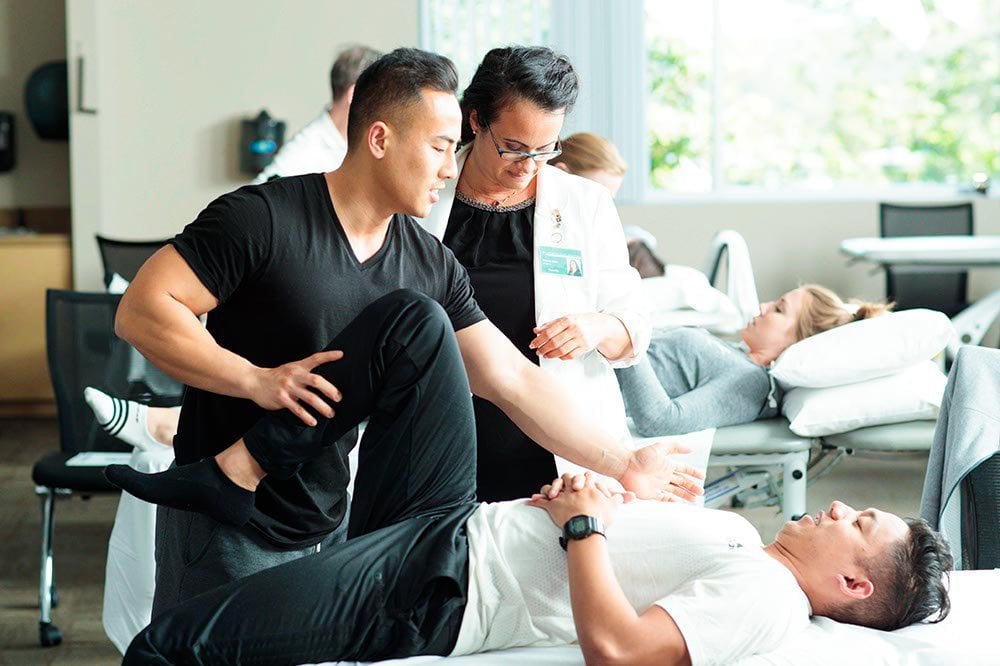One common hands-on treatment method is vertebral adjustment. This technique involves using precise pressure to the vertebral column to improve alignment and decrease discomfort. Studies has demonstrated that spinal manipulation can be effective in treating lumbar spinal discomfort and cervical discomfort. Another technique is gentle connective tissue manipulation, which concentrates on reducing tightness in the muscle tissue and soft structures. This can help alleviate stiffness and improve flexibility, making it easier for patients to move without discomfort. Both techniques can be tailored to meet the specific requirements of each client, ensuring a custom method to care.
In furthermore to discomfort relief, hands-on therapy can enhance patient outcomes in multiple aspects. For example, it can boost blood flow, which helps deliver oxygen and nutrients to the affected areas of the body. Better blood flow can also encourage recovery and alleviate inflammation. Furthermore, manual therapy can help patients gain enhanced physical consciousness, which is wikipedia reference essential for preventing subsequent trauma. By understanding how their bodies function, clients can make better knowledgeable decisions about their movements and alignment, leading to long-term benefits.
The effectiveness of manual therapy is often backed by client responses. Many individuals report significant gains in their pain levels and overall performance after undergoing care. This favorable response can lead to increased motivation for patients to participate in rehabilitative exercise and rehabilitation exercises. When clients feel better, they are much likely to engage in their rehabilitation journey, which can further enhance their outcomes. This cooperative method between the therapist and the patient is essential for attaining enduring outcomes.
In conclusion, manual treatment methods play a critical role in alleviating musculoskeletal pain and improving client results. By using methods such as vertebral adjustment and gentle tissue mobilization, healthcare providers can help clients regain mobility and alleviate discomfort. The advantages of manual therapy extend further than immediate pain relief, as it also encourages healing and motivates clients to take an proactive role in their rehabilitation. As an increasing number of people seek efficient therapies for muscle and joint concerns, manual therapy remains to be an important option in the realm of medicine.
